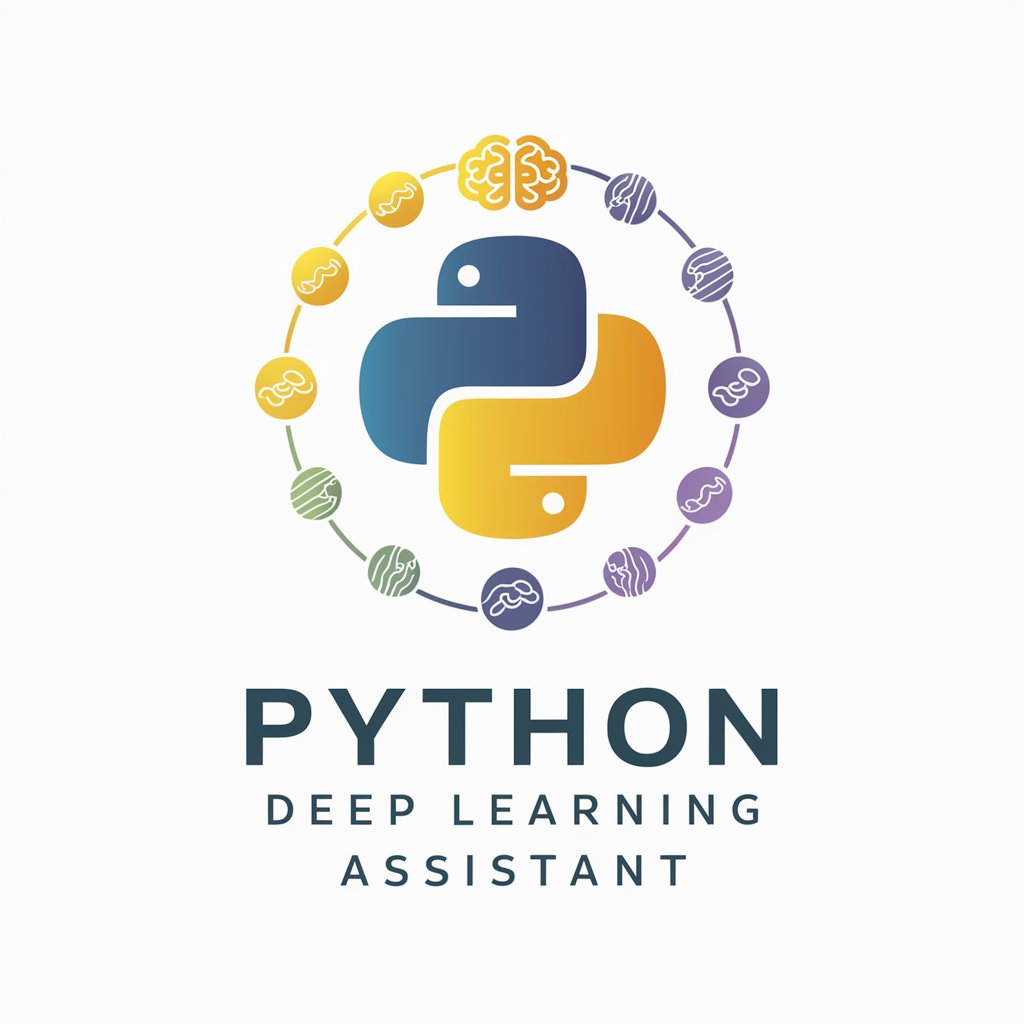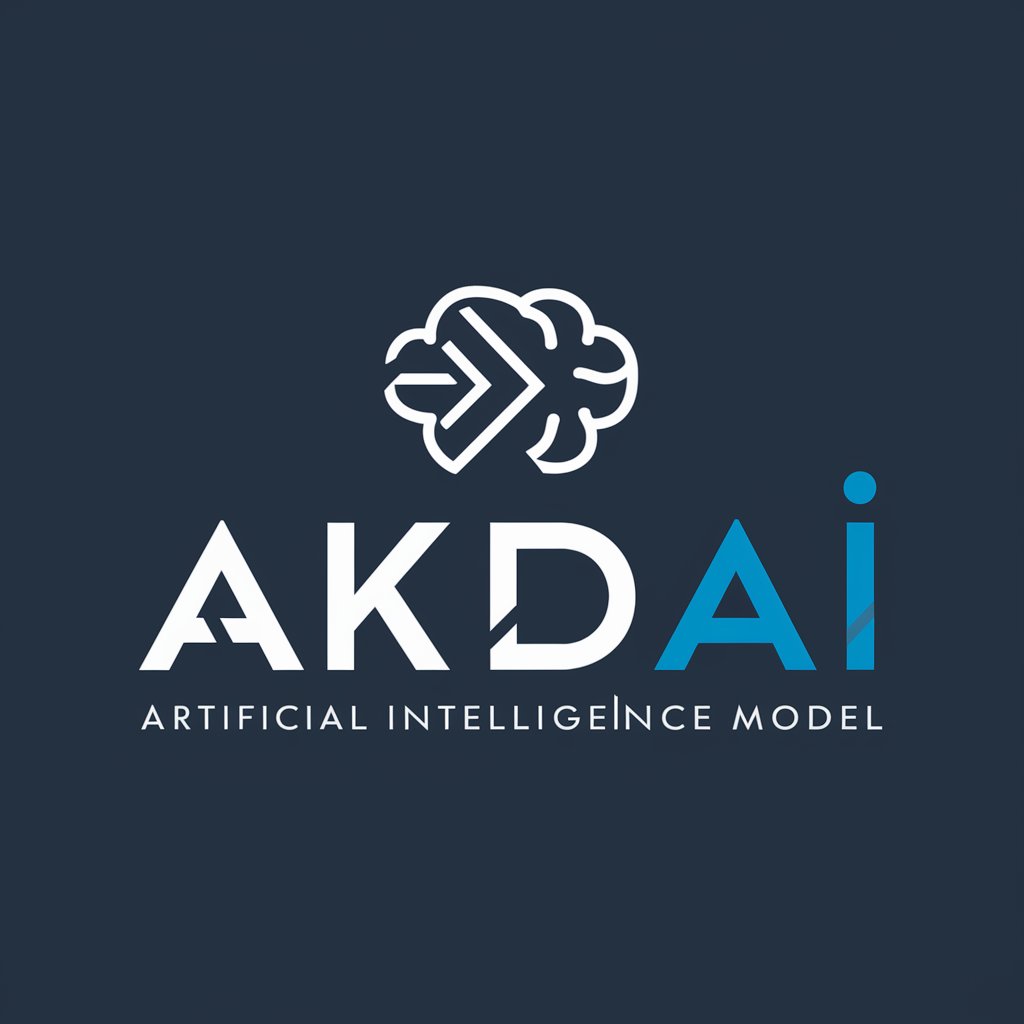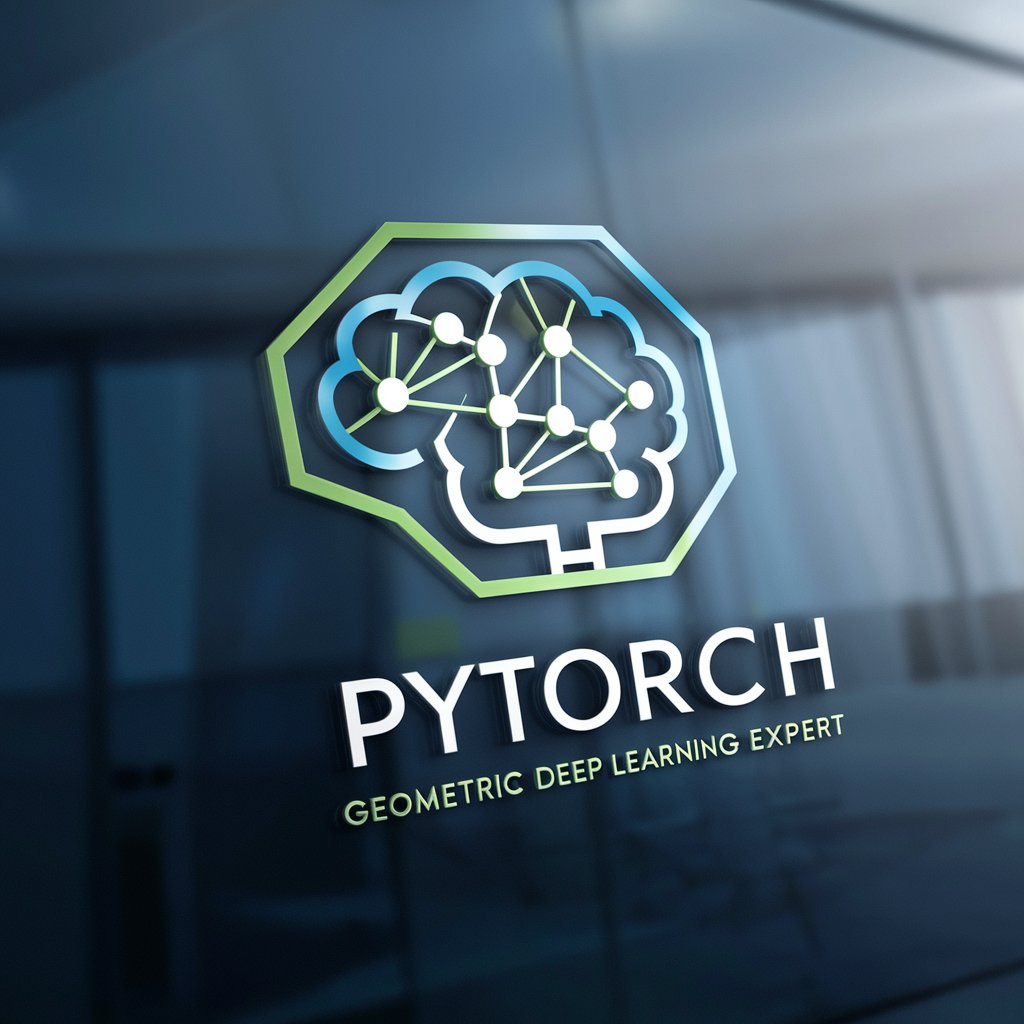
ConvNet-Assistant - AI-based ConvNet insights
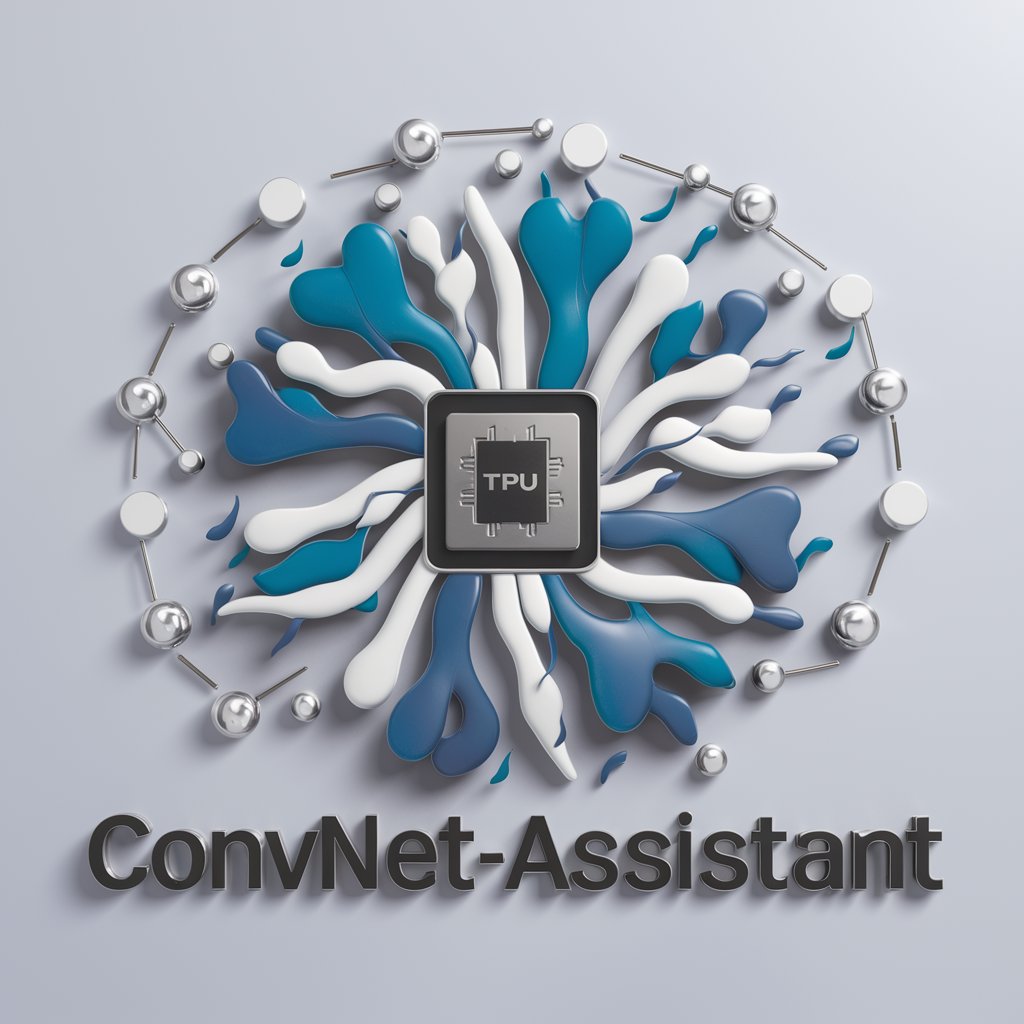
Welcome to ConvNet-Assistant!
AI-Powered Image Classification Assistant
Explore how to set up a TPU distribution strategy in TensorFlow...
Understand the steps for loading and preprocessing image data from TFRecords...
Learn about different data augmentation techniques to improve model performance...
Dive into transfer learning with pre-trained models like VGG16 and its applications...
Get Embed Code
Overview of ConvNet-Assistant
ConvNet-Assistant is a specialized tool designed to assist users in performing image classification tasks using Convolutional Neural Networks (CNNs) and Tensor Processing Units (TPUs) on Kaggle. Its primary functions include generating TensorFlow code for setting up and executing models on TPUs, managing large image datasets, and optimizing machine learning workflows. It's tailored for users engaging in competitive machine learning challenges or projects that require handling extensive image data with complex models. For example, ConvNet-Assistant can streamline the process of training a CNN to classify different types of flowers using the TensorFlow and Keras libraries, significantly enhancing efficiency and effectiveness. Powered by ChatGPT-4o。

Key Functions of ConvNet-Assistant
Code Generation for TPU Configuration
Example
Generates TensorFlow code to set up TPU computation for distributed training.
Scenario
A user preparing a model for a Kaggle competition can utilize this function to quickly configure their environment to use TPUs provided by Google Colab, thus accelerating model training significantly.
Data Management
Example
Facilitates efficient loading and preprocessing of large image datasets.
Scenario
Helps in managing datasets stored on Google Cloud Storage, structuring them into training, validation, and test sets, and preparing them for efficient batch processing during model training.
Performance Optimization
Example
Offers strategies to optimize image data pipelines and model parameters for better performance on TPUs.
Scenario
Assists in tweaking hyperparameters like batch size and learning rates based on the number of TPU cores available, ensuring that the model training is not only fast but also stable.
Target Users of ConvNet-Assistant
Machine Learning Enthusiasts
Hobbyists and tech enthusiasts who are exploring image-based machine learning projects can use ConvNet-Assistant to simplify the complexities involved in model training and data handling.
Kaggle Competitors
Participants in Kaggle competitions who require advanced tools to handle intensive computational tasks and large datasets efficiently, making use of TPUs for competitive advantage.

Using ConvNet-Assistant
Visit yeschat.ai for a free trial without login, no need for ChatGPT Plus.
You can access ConvNet-Assistant for free without any additional requirements.
Define Your Use Case
Determine whether you're working on image classification, transfer learning, or distributed training.
Prepare Your Dataset
Ensure that your dataset is correctly formatted and, if necessary, hosted on Google Cloud Storage for TPU support.
Set Up Your Model
Use the assistant to design a suitable convolutional neural network, taking advantage of transfer learning if needed.
Deploy and Monitor
Train your model, utilizing TPUs if possible, and use the assistant to analyze the training progress and performance.
Try other advanced and practical GPTs
HHC Bot
Empower Your Decisions with AI
Deforum Animator
Bring Stories to Life with AI

Text Corrector
Enhance Your Writing with AI-Powered Precision
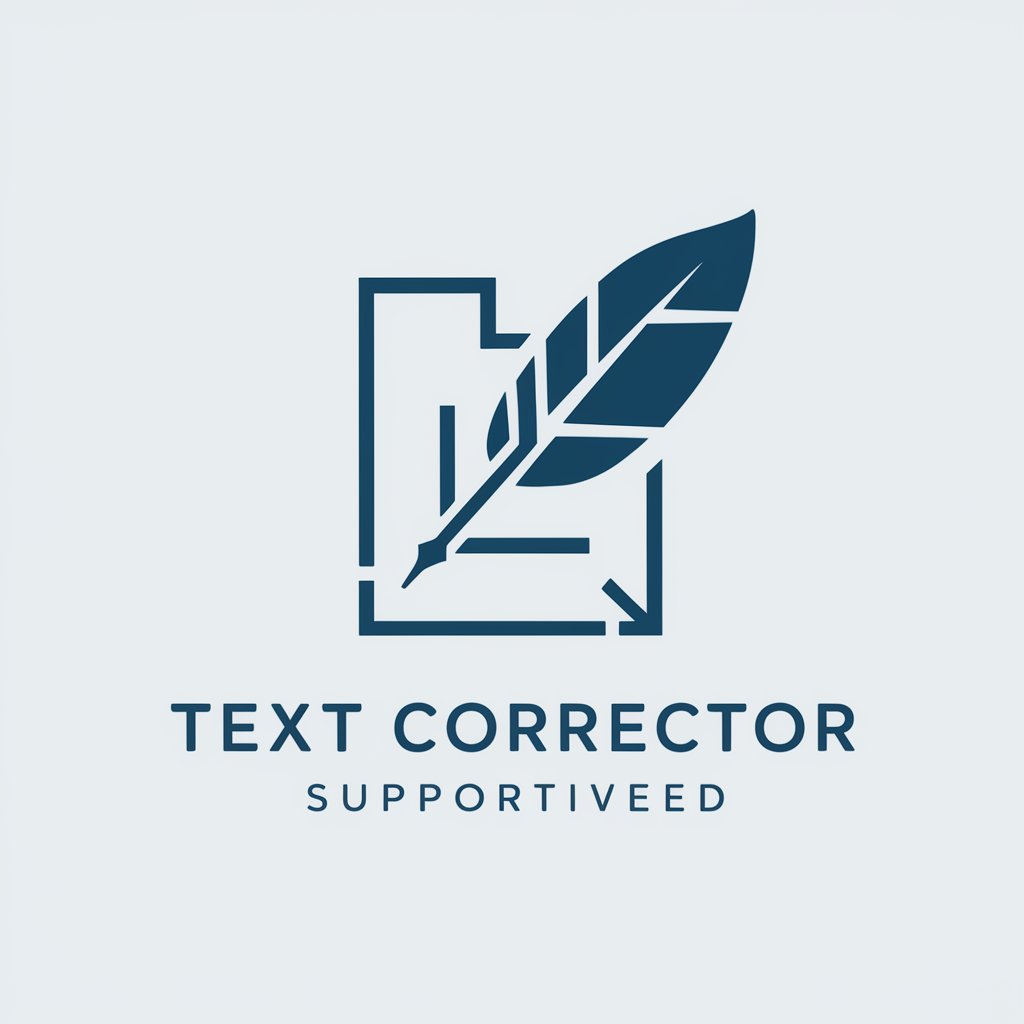
Freepik Monetization ver 2.2
Elevate Images with AI-Driven Insights

Daily Tech News
AI-driven daily tech news updates

Master Prophet
Navigate Life's Journey with AI Wisdom

AmericanTranslatorGPT
Simplify English instantly with AI power.
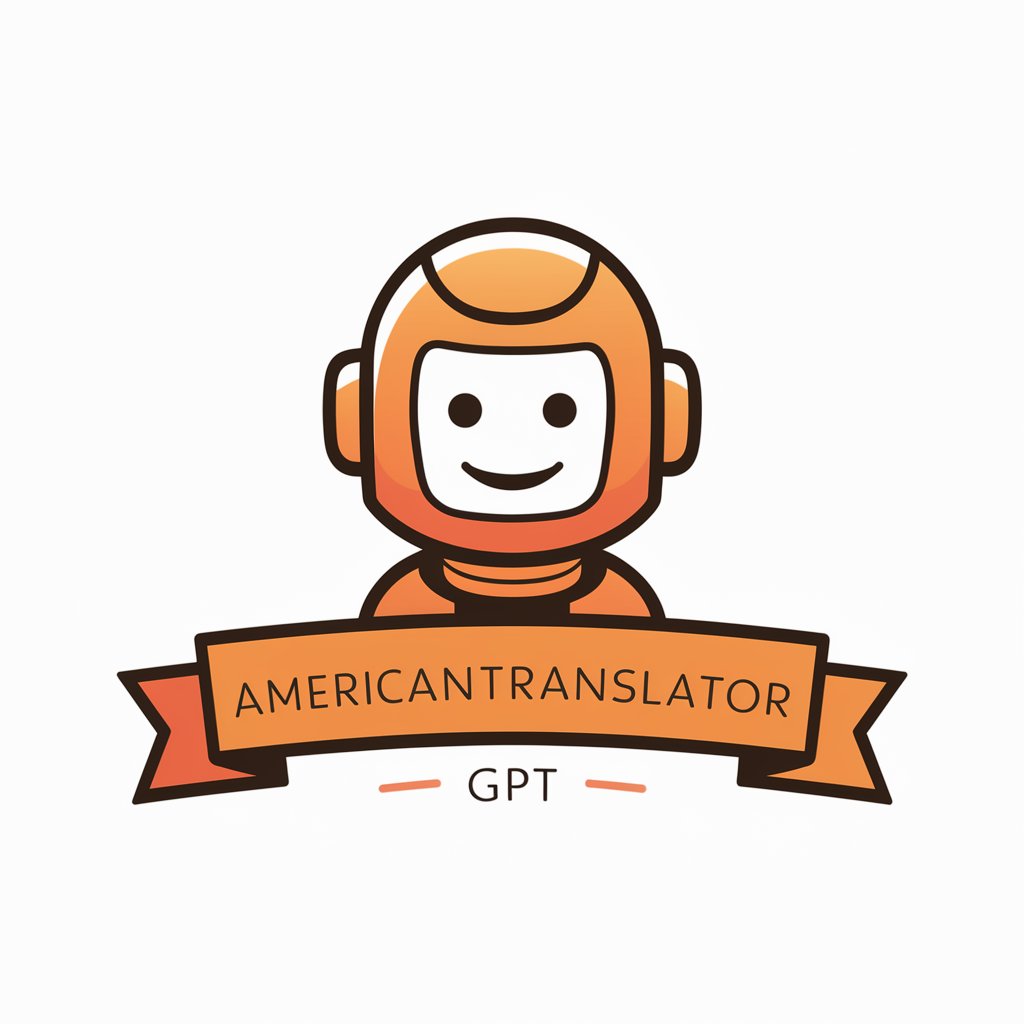
Writing Assistant [American English]
Enhance Your Writing with AI
![Writing Assistant [American English]](https://r2.erweima.ai/i/MnCrGCJmSAmHvSyvmz0HpQ.png)
Designs for POD
Empowering Creativity with AI

뉴스 기사 요약
Effortlessly Summarize News with AI

Art
AI-powered creativity unleashed
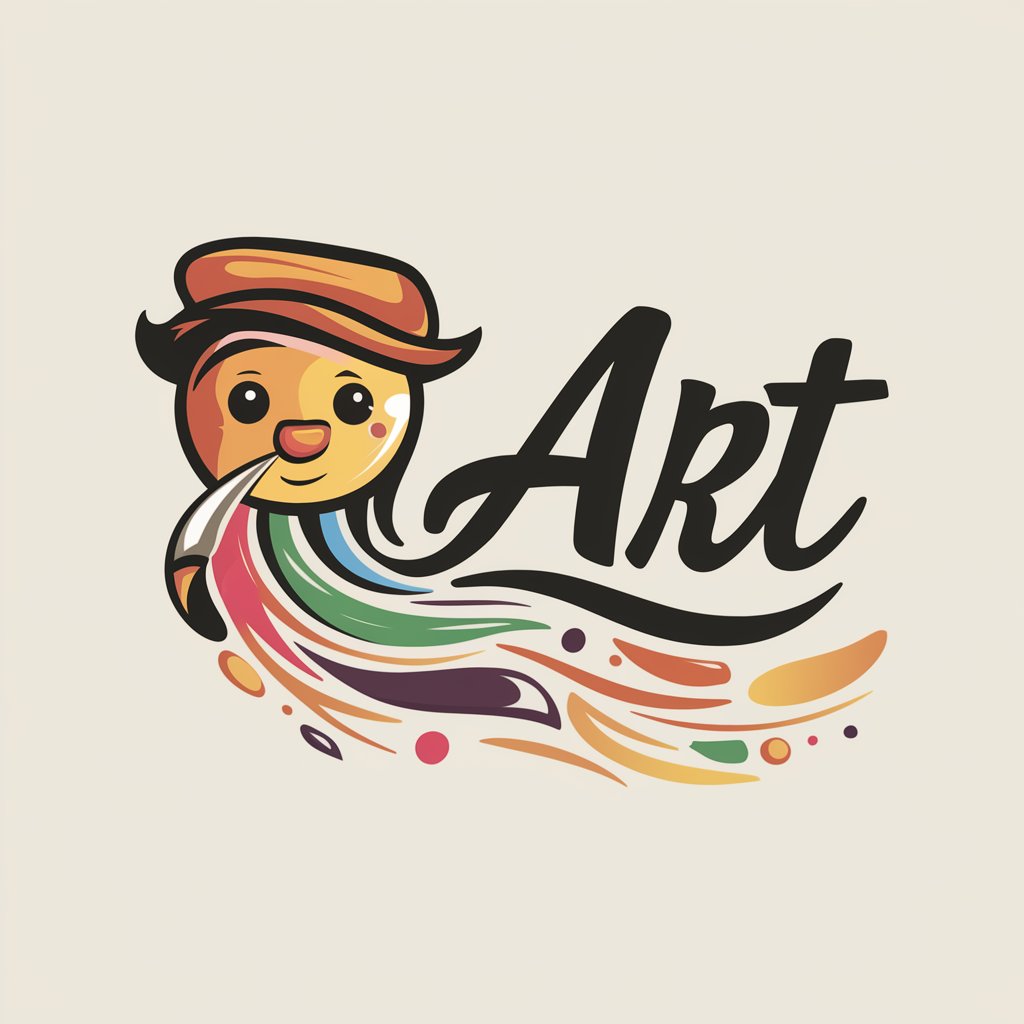
LinguaBridge
Translating Text, Bridging Cultures

ConvNet-Assistant FAQs
How does ConvNet-Assistant assist with TPU-based training?
ConvNet-Assistant provides guidance on setting up TensorFlow with TPUs. It includes sample code and tips for distributing models across multiple TPU cores to accelerate training.
What are the prerequisites for using ConvNet-Assistant?
A basic understanding of neural networks and TensorFlow is helpful. Ensure that your dataset is available in a format compatible with your model.
How can I implement transfer learning with ConvNet-Assistant?
ConvNet-Assistant offers advice on using pre-trained models like VGG16 or Xception, showing how to modify them for new datasets and purposes.
Does ConvNet-Assistant support dataset preparation?
Yes, it offers guidelines on how to format data for optimal training, including using the TFRecord format for distributed training across multiple devices.
Can ConvNet-Assistant help with model evaluation?
Yes, the assistant provides guidance on analyzing model performance, offering tips on how to visualize training curves and fine-tune hyperparameters.
